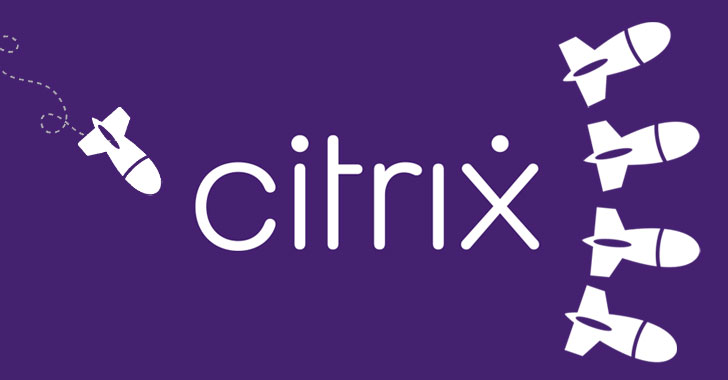(Pocket-lint) – Deepfake videos are becoming more common, and more sinister.
You may have seen them popping up in news stories recently involving famous politicians, celebrities, the Queen on Channel 4 in 2020 for the broadcasters alternative Christmas speech and even tech executives.
If so, then you’re probably wondering how they’re made and by whom and whether they’ll make the fake news epidemic even worse. We understand your concern.
Deepfakes have the potential to be really disruptive, and you’re right to learn everything you can about them now.
What are deepfakes?
As if it were from a sci-fi movie, deepfake technology involves artificial intelligence and machine learning models that can manipulate video. In its simplest form, a deepfake is a doctored video that shows someone doing or saying something that never happened. This ability isn’t limited to Hollywood or intelligence agencies; anyone can use online software or download apps that’ll let them make convincing deepfake videos.
One of the most popular targets for deepfakes has been Donald Trump. That’s partly because there’s a treasure trove of data on him – thousands of audio clips, videos, and photos of him speaking and gesturing in the same way. Anyone who with access to deepfake software can use this data to create hyper-realistic videos of him doing or saying anything. They can even morph his face onto another subject, such as Richard Nixon.
How are deepfakes made?
There are several different ways to make deepfake videos, but they all require data to feed machine learning models that will generate your fake content. Currently, everyone from researchers to those with malicious intent are making deepfakes. The most convincing ones require powerful computer rigs and deep datasets with plenty of audio, video, or pictures for the subject of your deepfake.
Social media apps like Snapchat also use face-morphing technology that could be used similarly. There’s even higher-end tools like FakeApp. Made by an anonymous developer using open-source software written by Google, it lets you realistically generate face swaps, with little indication that your video has been manipulated. FakeApp is free, and if you’re a little geeky, it’s relatively easy to use.
More examples of deepfake videos
There are tonnes of high-quality deepfakes online – even ones with celebrities’ faces and voices swapped into adult films. More family-friendly examples, however, are below. Just do a quick search on YouTube if you want to see more.
Bill Hader
The video below starts like dozens of others on YouTube: We see former Saturday Night Live star Bill Hader doing his best celebrity impression of former California governor Arnold Schwarzenegger. About 10 seconds into the video, Hader’s face morph’s into Schwarzenegger’s face. This example, which has over six million views, has become one of YouTube’s most watched deepfake videos.
Mona Lisa
Another example comes from researchers at Samsung AI Center, who developed deepfake technology that can make classic photos and works of art come to life. In their video, we can see Albert Einstein and the Mona Lisa moving and speaking. To create the Mona Lisa composite, specifically, they used three source videos, each of which produced different and sometimes odd results.
Mark Zuckerberg
A more recent example shows Facebook CEO Mark Zuckerberg pledging his allegiance to Spectre, the evil organization from the James Bond franchise. This particular deepfake manipulates the audio to make Zuckerberg sound like a psychopath. The artists behind this deepfake, Bill Posters and Daniel Howe, in partnership with advertising company Canny, also made a deepfake with reality TV star Kim Kardashian West.
Kim Kardashian: pic.twitter.com/OSpDUtUfer
— Jamie Bartlett (@JamieJBartlett) June 13, 2019
Should you be worried?
Although most deepfakes are funny and innocent, they do have the potential to be nefarious. For instance, a deepfake video could show a political candidate saying or doing something horrible – perhaps something so unforgivable that, if timed correctly, it could sway an election before there’s time for the public to learn the real truth. Anyone could be superimposed into a compromising situation.
There’s already celebrities who don’t want their likeness appearing in deepfake pornography. Some have likened this situation to revenge porn. After all, a deepfake creator only needs a series of photos of the celebrity, which can be quickly culled from their social media feeds, or audio and video of them, of which there should be plenty. And they need to know how to use deepfake software.
Spend a minute searching, and you’ll be knee-deep in tutorials about becoming a deepfake creator. With such accessibility, deepfake technology will only become more widespread, and it’ll undoubtedly be used for bullying and harassment.
Are deepfakes illegal?
US
Regulators and lawmakers are just beginning to grapple with this issue. Some argue deepfakes should be protected by the First Amendment, or Freedom of Speech. Others, however, such as Rep. Adam Schiff, have issued warnings. During a House Intelligence Committee hearing about national and election security risks, Schiff said deepfakes could have a negative effect on the 2020 election.
The House Intelligence Committee did convene a panel of experts who are tasked with coming up with a deepfake strategy and possible new restrictions from either the government or platforms, but, currently, there’s circulating legislation in Congress meant to tackle the threat of fake media. For instance, Sen. Ben Sasse proposed making it unlawful to “maliciously” create and distribute deepfakes.
Writing by Maggie Tillman. Editing by Stuart Miles.














